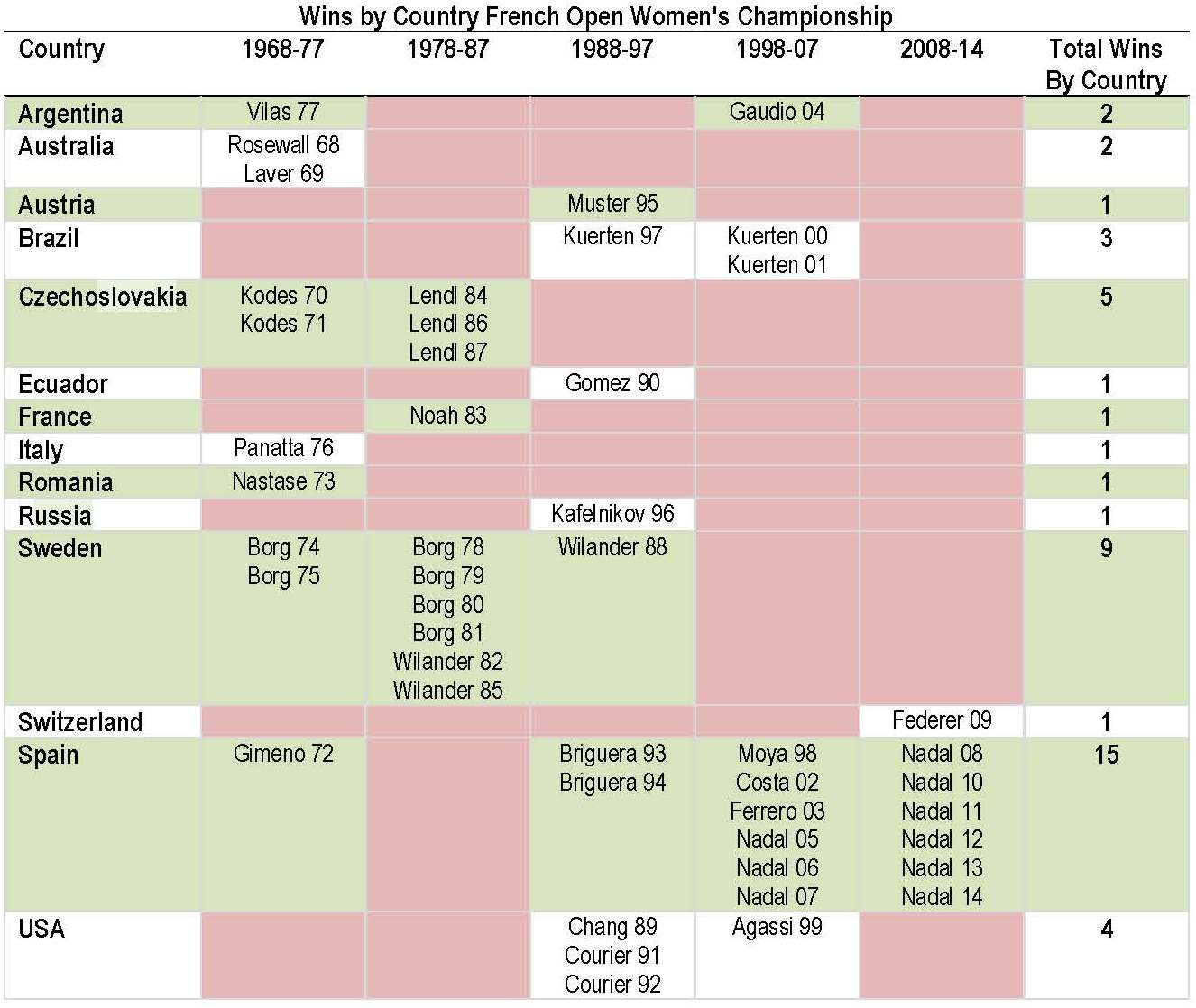There was something different about the results for the men’s and women’s draw at Wimbledon 2014 – No American advanced past the third round in the singles. In fact, only one American man and five women made it to the third round.
Sadly, the embarrassing showing of the Americans made their abysmal showing at the French Open look somewhat respectable. Even worse, Wimbledon is a tournament where the Americans usually play well.
Clearly, the results of the men and women accentuate the fact that the USTA Player Development has been MIA for a number of years. The program may be taking credit for developing players, but it is not producing elite players at the international level.
On the men’s side, John Isner was the only player to have a winning record. He exited in the third round.
Sam Querrey, Jack Sock, and Denis Kudla all lost in the second round after winning a match. Bradley Klahn, Steve Johnson, AlexKuznetsov, Ryan Harrison, Donald Young, and Michael Russell were all first round losers.
The men won 5 matches and lost 10. In other words, if the American men had combined all of their wins and allocated them to one player, they would have lost in the semifinals.
The American men are excellent players; however, with the exception of Isner and Querry, they are ranked closer to 100 than number 1. The player development programs of other countries appear to have aspirations for greatness that exceed those of the USTA Player Development program.
Memo #1 to USTA Player Development.
Topic: There were no American men players in the round of 16.
The following countries had multiple players in the round of 16:
• Spain – 3
• France – 2
• Switzerland – 2
The following countries had one player in the 16s: Argentina, Australia, Bulgaria, Croatia, Canada, Great Britain, Japan, Serbia, and South Africa. The player from Serbia won the tournament.
There were 13 Americans in the women’s draw. Combined, they won 13 matches and lost 13.
The first round losers included: Anna Tatishvili, Christina McHale, Taylor Townsend, Sloane Stephens, and Vania King. They were joined on the sidelines by second round losers Victoria Duval, Coco Vandeweghe, and Varvara Lepchenko.
The following American women won two matches before exiting the tournament: Serena Williams, Alison Riske, Madison Keys, Venus Williams, and Lauren Davis. Game over for the women!
The recent American youngsters to appear on the big stage are finding that life is tougher than it looks like from the sidelines.
Memo #2 to USTA Player Development.
Topic: There were no American women players in the round of 16.
The following countries had multiple playing in the Round of 16:
• Czechoslovakia – 4
• Germany -2
• Russia – 2
• Kazakhstan – 2
The following countries had one player in the 16s: Canada, China, Denmark, France, Poland, and Romania. One of the players from Czechoslovakia was the winner.
Wimbledon 2014 confirmed what was expected last summer. At that time it appeared there were either an inordinate number of upsets or a changing of the guard. The recent results confirmed the latter has occurred. Halep, Bouchard, Kvitova, and the host of other young players have begun to take over the top spots in the women’s game.
Djokovic, Nadal, and Federer, still control the men’s sport, but the youngsters are rattling their sabers that change is on the horizon in the not too distant future.
Hopefully the leaders of the USTA and the USTA Player Development Program were watching. Wimbledon is much more fun to watch when Americans are playing in the finals!
